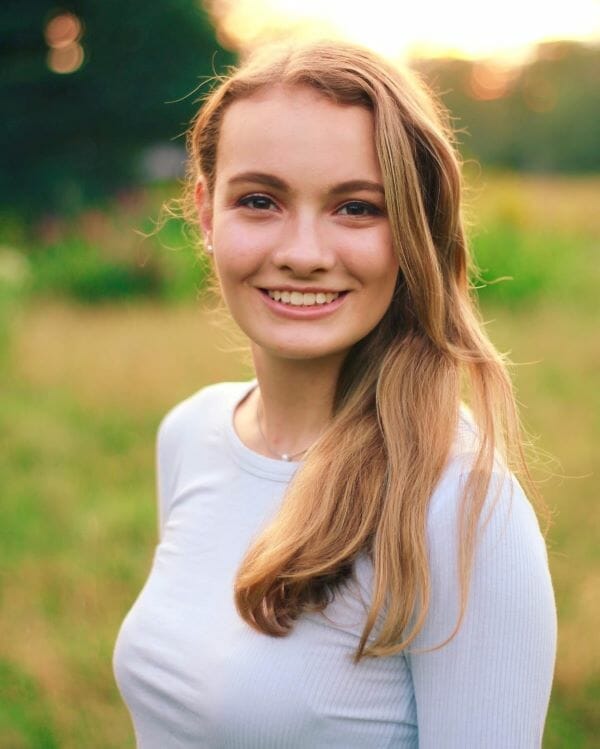Editor's Note: Read more reviews of OVID.tv films here
It isn’t an unusual scene. A car rolls into a parking lot, some fast food joint in sight. The camera quality has the grittiness of an old smartphone. A South Carolina flag beats in the wind, its purple-blueness striking in the monochrome setting.
A police officer utters the usual order for license and registration. What follows this is instantaneous. Clad in green and soaring from his car is 50-year-old Walter L. Scott. Offscreen, we hear the inevitable gunshots: one, two, three, four, five, six. Walter, who is unarmed, dies without reason.
We’re brought to a similar environment: a car is parked on the side of a road, captured in the same grainy lens. You watch from the rear, barely able to identify 43-year-old Samuel DuBose and an officer straddled up to his window. Samuel’s fate is mounted in the caption: “Shot in the head and killed by a campus police.” What should be shocking--what should be an outlier, never to repeat itself again--has been patterned. You hear it in Eric Garner’s gasps as he is pinned down on a Staten Island street corner: “I can’t breathe. I can’t breathe. I can’t breathe.”
WHEN JUSTICE ISN’T JUST presents the stories of the silenced, mistreated, murdered, and beaten— stories that have become distinctly American. The film outlines the many ways our criminal justice system needs mending. Though combatting this type of inequality is difficult, the documentary strikes a hopeful tone that inspires us. Divided into three chapters, you see in each how people across the country are demanding justice, or simply the right to live.
WHEN JUSTICE ISN’T JUST illustrates the power of empathy. Dr. Melina Abdullah is one of the many examples. The board above her desk is cluttered, a conflict of Post-it notes and birthday cards. Most of these cards are colorful (one being of an anthropomorphic hamburger, the caption “SAY CHEESE!” below his bun). The striking--yet subtle--photograph of seven-year-old Aiyana Jones clings onto the corkboard, bound by two pins and a paperclip. Her wide eyes are frozen in black-and-white ink. In the background, a tapestry of Disney princesses pose for the camera. At the top of the picture is Dr. Abdullah’s handwriting, urgent and heavily underlined, “IT IS OUR DUTY!”.
“Aiyana Jones...was sleeping on her father’s couch and murdered by the police,” Abdullah explains. Her voice is leaden with grief. “They said they were coming to raid her father’s home. No one’s been held accountable. “I keep Aiyana Jones’ photo on the board above my desk at work because...I have an eight-year-old daughter. When I see Aiyana Jones’ face and the barrettes dangling from her hair, I see my own daughter.” You too may feel the power of these words clinging to you, long after Aiyana’s picture fades.
OVID.tv Film Features Unexpected Visual Juxtaposition
Documentarian David Massey also uses the technique of juxtaposing unexpected visuals to move us emotionally, and does so quite aptly in this writer’s opinion. Judge Otis D. Wright II’s influential speech about the injustices of the legal system is a prime example. As he describes the process by which undercover police officers trick underprivileged people to sell drugs, decals of Easter bunnies and gingerbread men smile sunnily at him. When Judge Wright states how the police later arrest these people, the camera pans down a construction-paper alphabet that one might associate with a kindergarten classroom.
Although the subject of the documentary is somber, Massey balances its tone with hints of comedy. At one point, a cartoon is even used to convey information. A house, reduced to a stick figure-like drawing, is on fire. It continues to burn (however color penciled houses can burn) as a man doses its neighbor. That house is completely untouched. “All houses matter,” the man states, as if trying to justify his actions.
Later in the film, we find ourselves on a main road of Los Angeles. Brightly-canopied stands and tents form a semicircle around the sidewalks. Again, the venue is unanticipated (especially for a gathering about police violence). A sign for face-painting peeks out from the commotion of crowds, fold-out tables, and baby strollers. Streaming down the block is a white-shirted parade. Onlookers applaud from porches, doorways, and front lawns. From an outsider’s perspective, Women of Watts could be a carnival. But as the crowd congregates around Women of Watts member Cynthia Mendenhall, you recognize the fair’s purpose. Mendenhall’s steady voice commands their attention; amplified through a megaphone, she says, “I lost two kids in sixty days. I don’t want no mother to wear the shoes I wear right now.”
In 42 minutes, we travel from courtrooms to classrooms, prisons to protests. WHEN JUSTICE ISN’T JUST appeals to those of us who want to educate ourselves about systemic racism. Mendenhalls’ speech--as well as the marches for Trayvon Martin, Tamir Rice, and Eric Garner--will capture you, in this reader’s view.
HIGHLY RECOMMENDED
Nominate this for The Picture This Post BEST OF 2020???
Click Readers' Choice
Vote Securely! Vote Privately! And Make Your Vote Count-- as all voting should be!!
42 Minutes
Director and Producer: David Massey
Writer and Producer: Dawn Alexander
Film Editing: Keith Smith
To view the documentary visit the OVID.tv page for WHEN JUSTICE ISN’T JUST
Click here to read more Picture This Post Review of Top Pick Documentaries and watch this video --
Picture This Post Documentary Reviews RoundUp --Our Top Picks
Images courtesy of OVID.tv

About the Author: Jill Schuck
Jill Schuck is a student at Trinity College in Hartford, Connecticut. There, she is majoring in creative writing and sociology. In addition to reading and writing, Jill is very involved with theatre (both on-stage and in the audience!), activism, and event planning. At school, she also enjoys improv comedy and making frequent stops at the student coffee shop.









